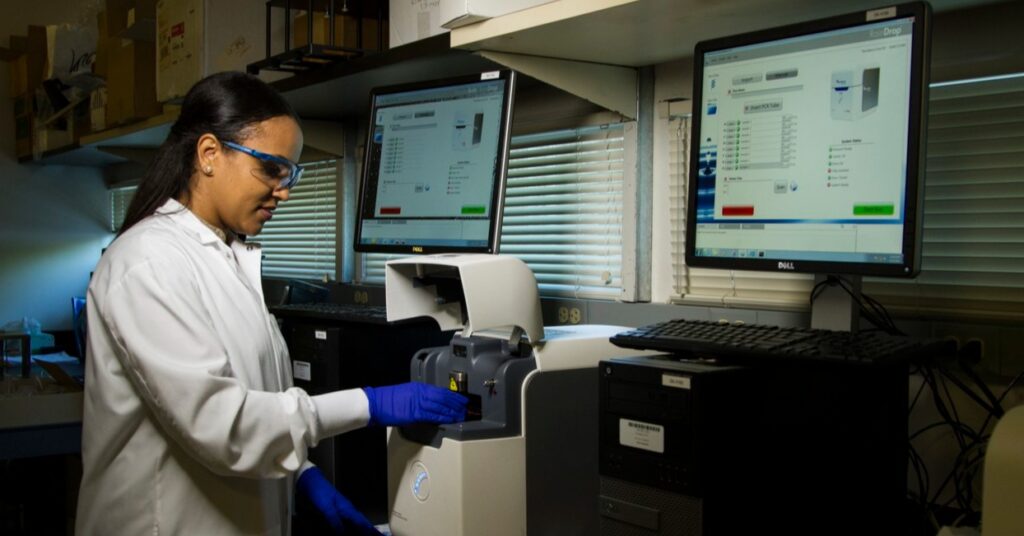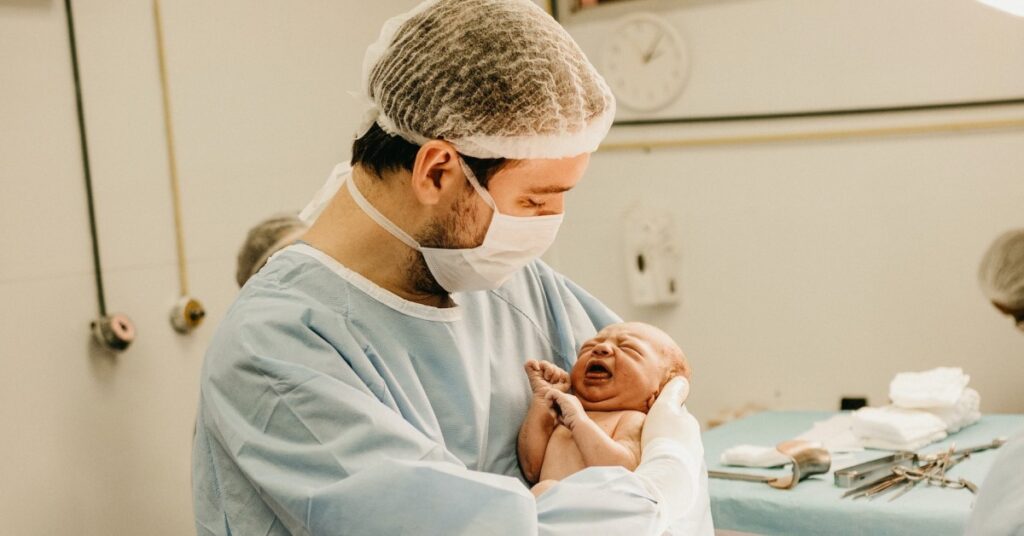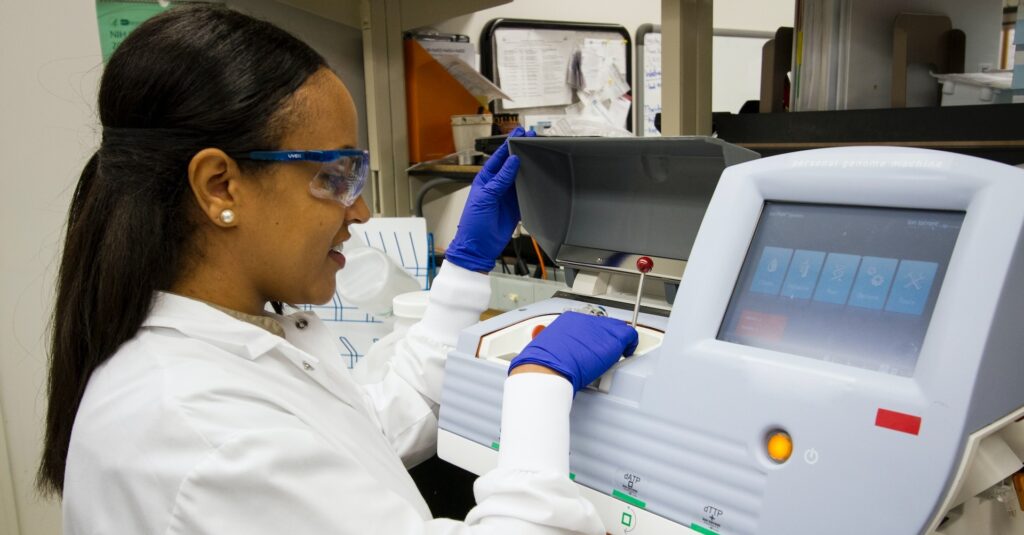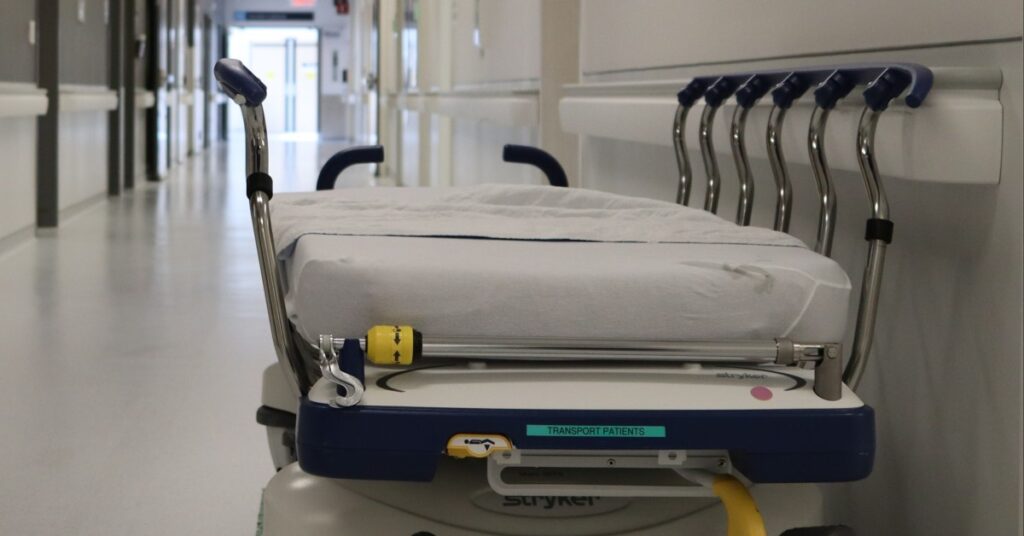
What Is the Epidemiological Triangle?
The epidemiological triad or triangle is an organized methodology used [...]
For many medical school applicants, this is the time of year when a question they never dreamed they’d face — what if no medical schools admit me? — begins to seem all too real.
In 2014, 49,480 applicants submitted an average of 15 applications to U.S. medical schools, and only 20,343 ultimately matriculated. In other words, about 59 percent of applicants came up empty.
If you’re facing that reality this year, the first thing you should do is give yourself a break. Many applicants get rejected by medical schools, and a lot of these students are competitive. Indeed, almost one third of applicants between 2012 and 2014 who had GPAs between 3.8 and 4 were rejected, as were 1,828 who had MCAT scores above 32. Getting into med school is a tough process.
The important lesson is not to begin examining “what went wrong” from a spirit of failure or self-recrimination — if you keep your eyes on the prize, you can prevail. In fact, re-applicants make up between 18 percent and 50 percent of the incoming class at representative medical schools like Louisiana State University, University of Miami, Uniformed Services University, and University of Miami. If you do, in fact, decide to reapply, know that you will not be alone. In the 2011–12 entering class, 25 percent of the 43,919 applicants to U.S. medical schools were re-applicants.
The first rule is not to reapply with last year’s application! Medical schools are emphatic that re-applications must be stronger than the first time around.
So, how do you know where to improve? Some medical schools, such as University of Miami and Ohio State offer feedback. Schools that invited you for an interview are the first ones you should approach for an honest appraisal, and if they oblige with their assessment of your strengths and weaknesses, make this the basis of your plan for improving your re-applications.
That said, most schools do not offer feedback on your application, and even when they do, it may not tell you anything you couldn’t have figured out on your own (or with the help of your pre-med advisor or an admissions consultant).
The best starting point for your rejection assessment is usually a comparison of your
“numbers” — that is, your MCAT score and GPA — with your target schools’ class profiles or with the American Association of Medical Colleges’ (AAMC) application data. Very often, your MCAT score or GPA (or both) were not at or near the average of the schools that rejected you. Clearly, if your numbers fall outside your target schools’ middle 50th percentiles, you’ll know exactly where your application rehabilitation process needs to start. And AAMC data can give you even more precise comparisons; in the application years from 2013–15, for example, only 14 percent of white applicants (the largest applicant group) with GPAs between 3.0–3.19 and MCAT scores between 27–29 were accepted by medical schools. Yet, with the same GPA range but the higher MCAT score of 30–32, their acceptance rate more than doubled to 29 percent.
If you suspect that your MCAT score was a key issue, and you didn’t use a test prep with a good track record and focus on the sections of the test that gave you the most trouble, give yourself plenty of time for a third attempt in case it’s needed.
For GPA issues, it may be sufficient to enroll in specific undergraduate or extension courses at a local college if you only have a few blemishes on your transcript. The more significant your GPA problem is, the more it makes sense to enroll in a postbaccalaurate pre-med program or science-focused master’s program. But keep in mind that even stellar grades in a postbac program will be averaged into the rest of your undergraduate transcript, so the GPA needle may not move as much as you’d like.
If your GPA and MCAT scores were basically in your target schools’ range, then your application strategy or execution may have been the culprits. For example, maybe you sent out too few applications (the average per applicant is 14) or made the mistake of targeting only the most selective programs. In the latter case, make sure the majority of your target schools have average MCAT and GPA numbers that you either match or exceed, with some “reach” and “safety” schools making up the rest.
And don’t forget osteopathic schools. With the announcement in 2014 of a single graduate medical accreditation system for D.O. and M.D. programs alike, the idea of osteopathic schools as second-rate is outdated.
If you received multiple interview invitations but got no acceptance offers, you may need to work on your interview skills. Use friends, career services professionals, or admissions consultants to practice, practice, practice.
Whatever other steps you take to improve your application, you also need to rewrite your AMCAS personal statement — and yes, it will be compared to your first personal statement. It’s quite possible that this statement came across as a glorified checklist of pre-med qualifications (shadowing — check; lab research — check; clinical experiences — check) instead of a unified story that captured your passion, personality, and singularity. Rather than just revising last year’s essay, start over, focusing on how the experiences of your reapplication year have made you stronger and more committed to medicine.
Don’t think impatiently of the months between your med school rejection and your reapplication as a period of wheel-spinning. If you enroll in a postbac or master’s program, you could spend non-classroom time studying for another shot at the MCAT (if you plan to take it again). Above all, deepen the clinical/patient-centered, research, or shadowing components of your applicant profile. Find a role — whether it’s paid or volunteer — related to medicine so you demonstrate your commitment to improving your application and a career in medicine. While it may feel like a “lost year,” this period could actually pay big dividends by enabling you to hit the ground in medical school with energy, focus, and stronger skills.
What if your post-rejection assessment leads you to conclude that becoming a doctor isn’t the best-fit career for you? Above all, don’t go into denial. If your medical career dreams stemmed more from external expectations than true passions, then medical school rejection is the best thing that could have happened. Don’t let inertia or other peoples’ ideas set you up for future career misery. Rather, congratulate yourself for having the courage to make a major course correction. Try Noodle’s graduate school search to find other health-related careers, such as biotech research, pharmaceutical sales, alternative/complementary medicine, or healthcare management.
Fortunately, you’re still young, and as a pre-med, you’re a smart person with a great academic transcript and a ton of impressive extracurriculars. Whatever you choose, remember that the skills and insights your past pre-med life gave you will add value to your new career. So wear your ex-pre-med scars with pride; you’ve earned them.
Questions or feedback? Email editor@noodle.com

The epidemiological triad or triangle is an organized methodology used [...]

A family nurse practitioner (FNP) provides comprehensive primary health care [...]

FNPs practice in a broad range of health care settings. [...]

Some epidemiologists assist pharmaceutical companies in developing safer medicines. Some [...]

Certifications certainly boost one's resume, demonstrating advanced proficiency in a [...]
Categorized as: Medicine, Nursing & Healthcare